BS76 is an attack aircraft implemented according to a two - girder scheme with a pusher propeller and a 2700 horsepower engine . With the help of a large wing area, the aircraft has excellent thrust-to-weight ratio. It is worth noting the effective protection of the aircraft , which has repeatedly saved the aircraft in places with a large number of air defenses . To fight, the aircraft has two 37 mm and 20 mm cannons, as well as 10 rockets and 2 bombs of 500 kilograms. AG7-autopilot.
Specifications
General Characteristics
- Created On Windows
- Wingspan 64.2ft (19.6m)
- Length 43.7ft (13.3m)
- Height 15.2ft (4.6m)
- Empty Weight N/A
- Loaded Weight 8,741lbs (3,965kg)
Performance
- Horse Power/Weight Ratio 0.2
- Wing Loading 15.9lbs/ft2 (77.8kg/m2)
- Wing Area 548.9ft2 (51.0m2)
- Drag Points 2204
Parts
- Number of Parts 237
- Control Surfaces 14
- Performance Cost 913

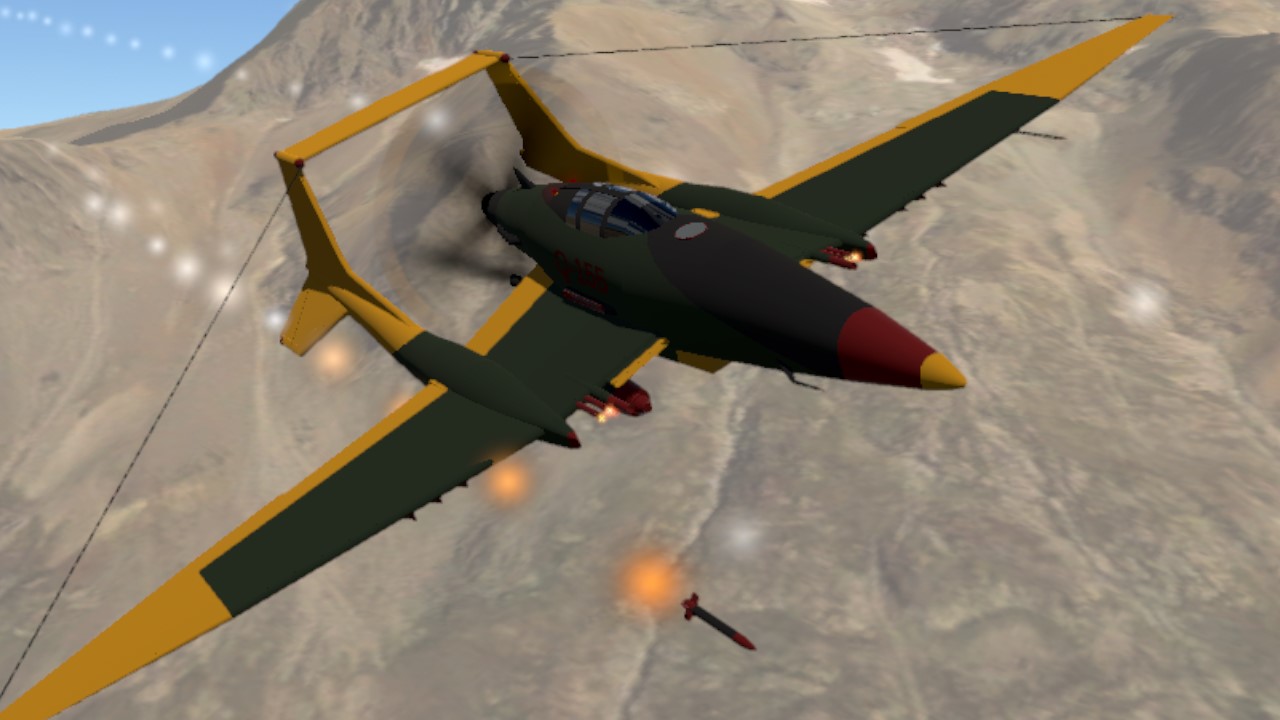
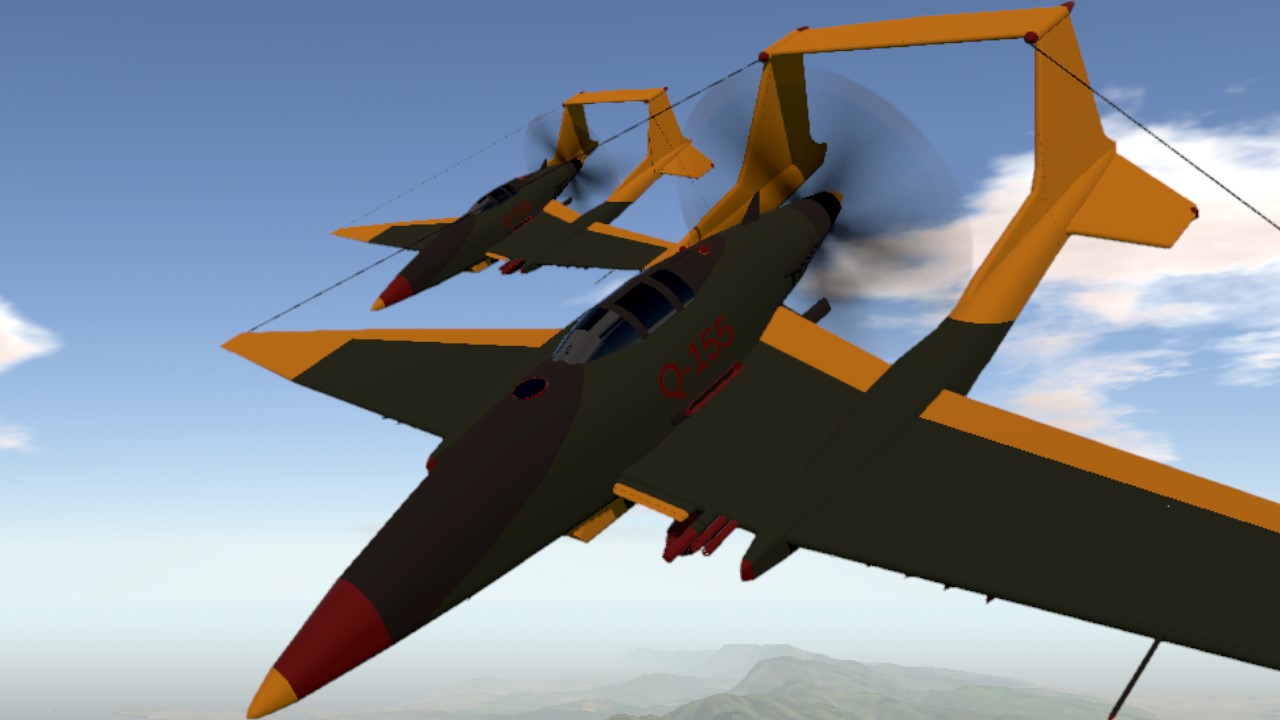
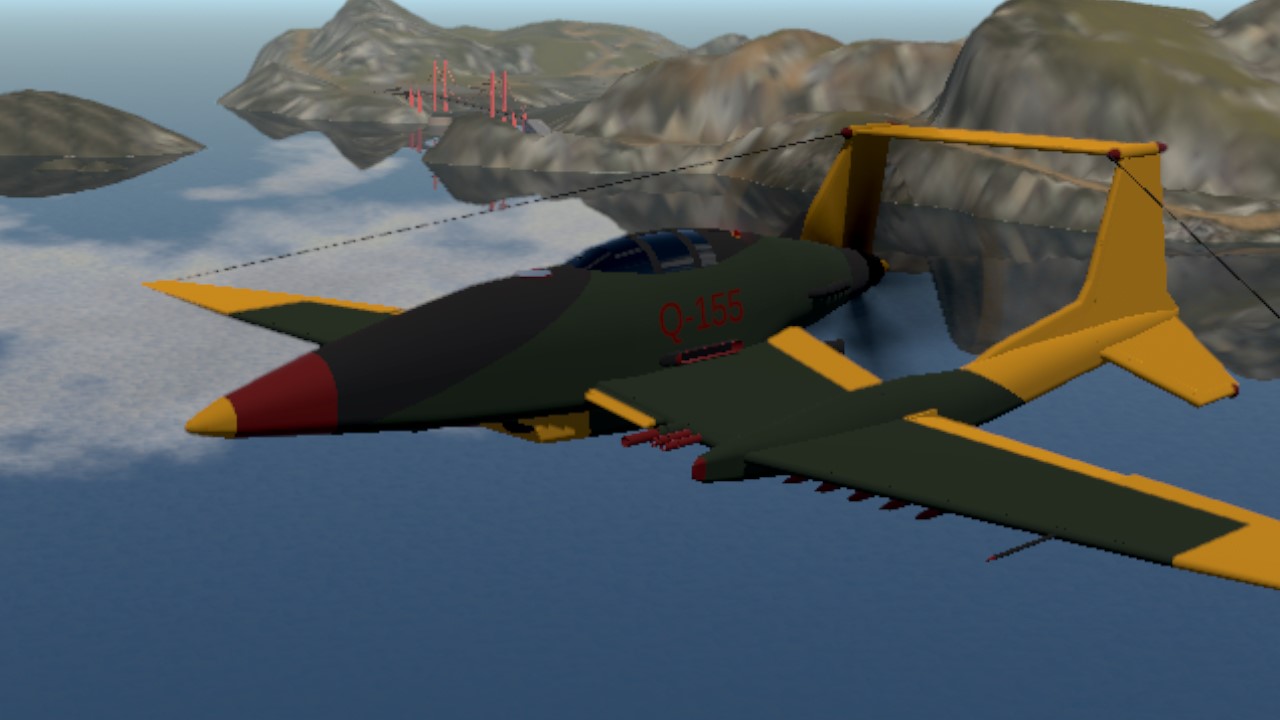
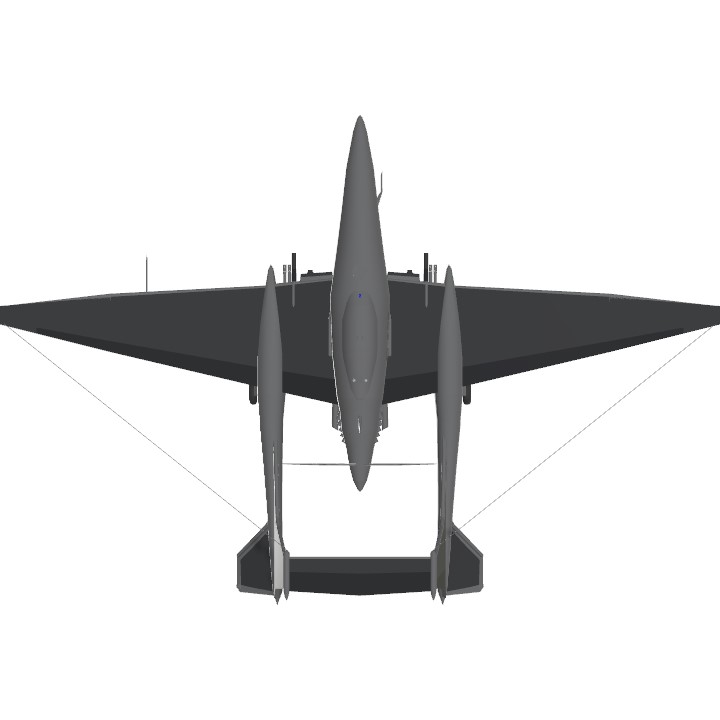

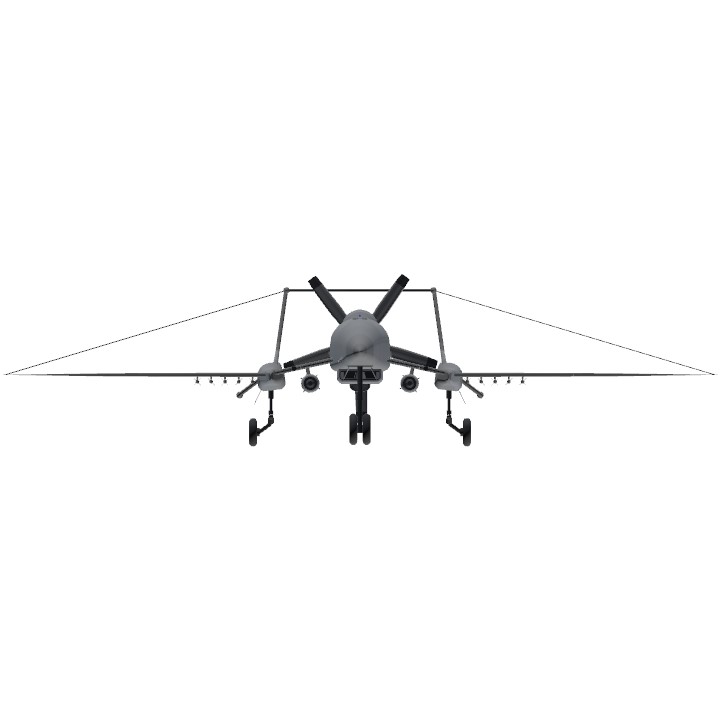
@SimplePilot28465 Well, self-sealing tanks are indeed useful at absorbing machine gun bullets (especially for the smaller calibers), but much less useful when the enemies start using high-caliber shells. As for the survivability of a pusher aircraft... as long as the plane is properly armored at the cockpit and engines it should be okay, given the Il-2 used a water-cooled engine protected by heavy armor and was known to be extremely hard to take down with anti-aircraft guns of the era. Still, the biggest issue about all pusher aircrafts is the fact that the propeller would be in the way if the pilot ever need to parachute out of the plane, necessitating the use of ejection seats, which would still be a relatively new and unproven technology back in WWII.
.
..
... and sorry for rambling.
@ThomasRoderick
I'm from Russia, Moscow. In general, I am not very well versed in aviation technology, it is more important for me to create an airplane in which design and gameplay are intertwined in an interesting way than to think about realism. So, of course, such an engine layout is a bad idea for an attack aircraft, but it's not interesting to make an airplane according to the usual scheme. Theoretically, it is possible to put an armor plate behind the engine, and I also saw an oil tank on the drawings of German aircraft and the statement that it can protect the engine when hit (I understand that damage to the cooling system in the face of the oil tank is harmful to the engine, but still not as harmful as damage to the engine itself).
@SimplePilot28465
Also, "tough" and "indestructible" are two very different things IRL. Just because something can survive an incredible amount of damage (the Il-2, the P-47, or the A-10, for example) doesn't mean the designers don't need to make contingencies for the inevitability that someone got lucky and managed to hit something important. Its push-prop configuration would have probably helped its survivability against groundfire or head-on attacks, but I highly doubt a pusher plane would survive long against attacks from behind, the engine in the direct line of fire and all.
@ThomasRoderick Yes , it 's because of the translator . And with regard to the second part of the message.... THIS PLANE WILL NEVER BE SHOT DOWN!
Thanks for the voice.
@F14Tomcat1974 lol
a little bit, the next plane will be according to the usual scheme, this weekend I'm going to make a fighter, perhaps something similar to the mergers of the Me 309 and P51.
Thanks for the voice.
Man goin crazy with the pushprops
I thought unguided missiles are called "rockets"? Also, let's sincerely hope the plane have ejection seats if the plane's ever shot down...